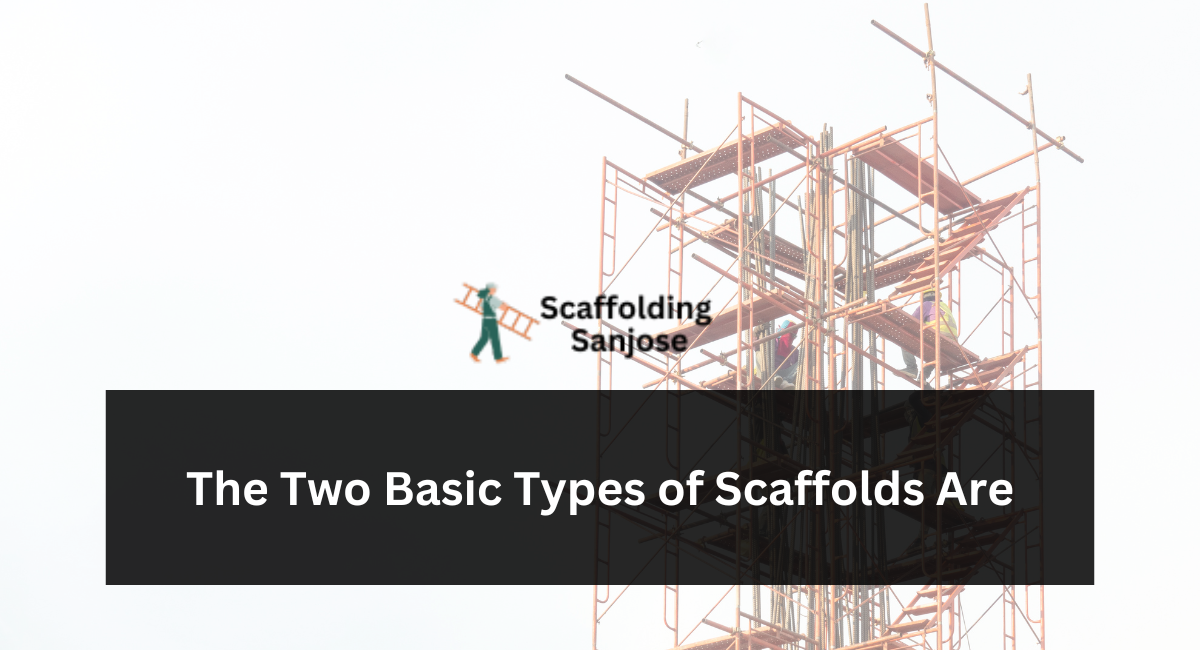Maneuvrability should be one of the primary considerations when selecting a scaffold structure, as it saves time on site, allows workers to navigate around work zones more easily, and enhances overall safety.
A typical scaffold consists of standard vertical load-bearing tubes, ledgers, and transoms (horizontal tubes with cross-section load-bearing capacity). Specialized components may include:
- Batten boards or decking units.
- Couplers to join components together
- Trash chutes and ladder/stairway units.
Scissor Lifts
Scissor lifts feature user-friendly controls and are an ideal choice for tasks requiring work at height. They can be self-propelled, trailer or truck-mounted, and equipped with outriggers; just be aware of which terrain type will be necessary before making a purchasing decision.
Scissor lifts offer workers an alternative method of reaching elevated locations without risking falling off a ladder.
MacAllister Rentals offers an assortment of scissor lift models, both slab (also known as electric) and rough terrain versions. Some come equipped with platforms and buckets for materials, while others feature an advanced material carrier to increase flexibility in tight spaces. It is important to consider both your lifting capacity as well as what materials or loads your machine may be carrying when making this decision.
Aerial Lifts
Aerial lifts offer greater mobility to lift workers safely and tools when working at high elevations, such as in outdoor construction, forestry projects, mining operations, telephone and electrical repair, telephone tower maintenance, or refurbishment services. Aerial lifts replace traditional ladders, man baskets on lift trucks, or scaffolds to make working at heights safer and more efficient.
To select an aerial lift that best fits your work environment, consider both its desired reach and space constraints. Furthermore, select either a rotating or fixed telehandler for optimal reach and maneuverability.
Add a panel carrier to your platform for quicker installation of panels of drywall or other material, saving both time and effort in their manual assembly. Alternatively, install a pipe rack off-platform to store pipes and conduit off your platform and free up space in your work area. Finally, explore whether your lift manufacturer provides courses or classroom training on routine maintenance of aerial lifts.
Needle Beam Scaffolding
Needles beam scaffolding comprises standards (or uprights), ledgers, and transoms – three essential elements that transfer weight from scaffold structures to the ground. Standards serve as vertical tubes that transfer this load while ledgers connect them horizontally; transoms rest upon these ledgers at right angles to the standards.
This type of scaffold is often chosen for stone masonry projects as it doesn’t involve drilling holes into walls or require special base plates. Also referred to as boatswain scaffolding due to its similarity to the suspended chair used by sailors on ships, this type is also sometimes known as boatswain scaffolding.
This type of scaffold is an ideal choice for jobs requiring mobility, such as painting or repair, while its elevated platform makes it possible to reach high levels easily. Furthermore, its assembly and dismantlement processes are simple. Moreover, it’s made with corrosion-resistant steel material, making it suitable for regions with harsh weather conditions.
Cantilever Scaffolding
Cantilever scaffolding is an efficient way to reach hard-to-reach parts of a building. This type of scaffolding can be used for plastering or rendering exterior walls, installing interior insulation, or working on structures like bridges or dams. Cantilever scaffolds are especially helpful in situations where standard structures don’t support or are unsafe to fix into the ground – for instance, when working near overhead power lines.
An additional advantage of cantilever scaffolds is their adjustability; you can easily alter their length to reach different areas more efficiently, providing greater stability and efficiency when conducting construction work.
This type of scaffold also comes equipped with guard rails and toeboards to safeguard workers against falling off or hurting themselves while on their work platform. These components can usually be found at most scaffolding supply shops. Guard rails and toeboards are an integral component of any construction job; make sure that their installation meets industry safety regulations to ensure worker wellbeing.
Conclusion
Recognizing the two primary types of scaffolds—supported and suspended—provides a foundational understanding of safe construction practices. Each class offers distinct advantages and applications. Supported scaffolds rely on the ground for support, while suspended platforms hang from above. Understanding the specific uses, limitations, and safety protocols associated with these scaffold types is crucial for their proper assembly, usage, and maintenance on construction sites. By prioritizing safety measures and selecting the appropriate scaffold type for the task at hand, construction professionals can create a secure working environment and ensure efficient project execution.

